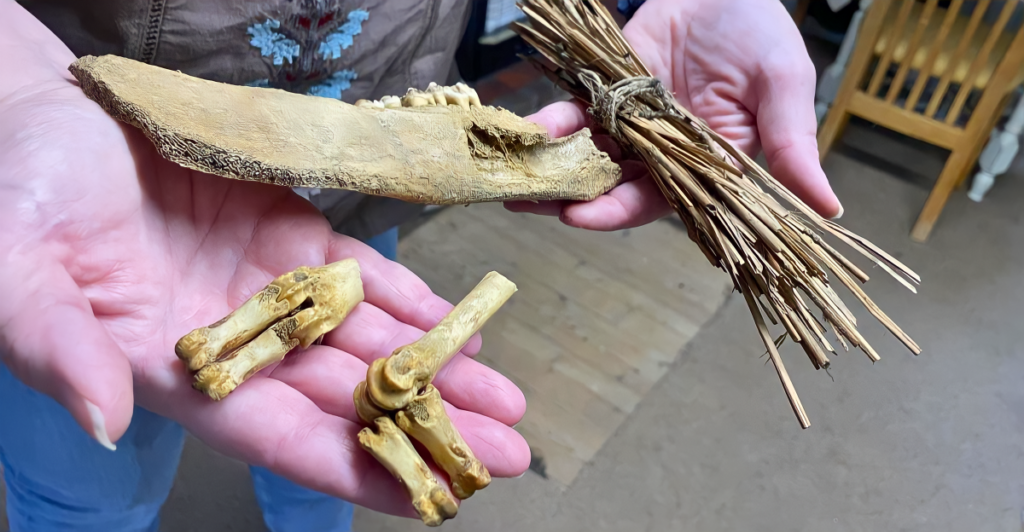
Long before hammers, screwdrivers, and power drills, ancient humans were already getting creative with tools. But instead of heading to a hardware store, they scavenged bones from animal carcasses and turned them into tools. Recent discoveries suggest that early humans were using animal bones for cutting, scraping, and even hunting a whopping 1.5 million years ago. Let’s turn back the clock and have a look.
The Discovery That Changed Everything
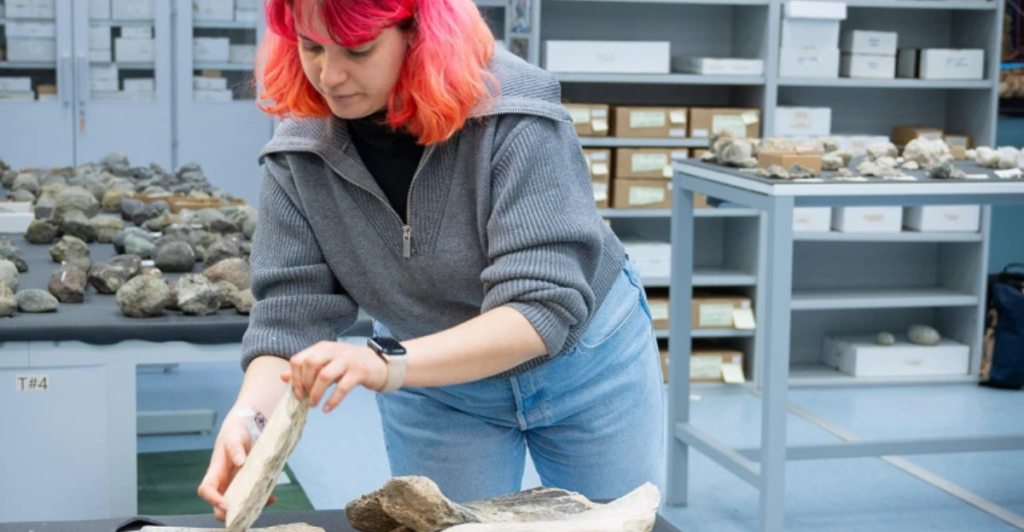
Archaeologists recently unearthed a collection of bone tools in East Africa, proving that early humans weren’t just using rocks and sticks—they were repurposing animal bones into functional tools. This discovery suggests that ancient humans were way more advanced than we previously thought, and they were experimenting with different materials long before the Stone Age even kicked off.
Why Bones?
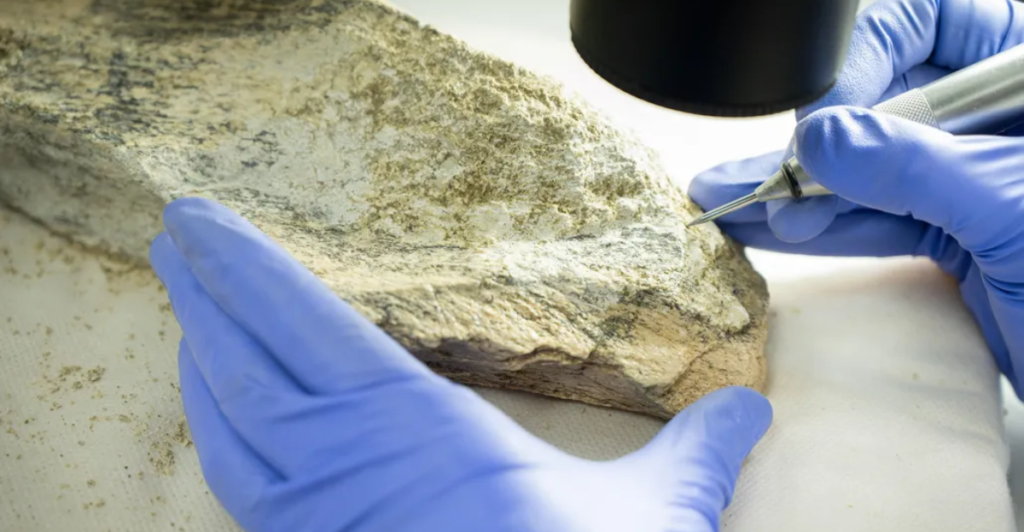
Sure, rocks are great for smashing things, but bones have a huge advantage—they’re lighter, sharper, and easier to shape. Early humans figured out that bones could be honed into cutting edges, carved into digging tools, or even fashioned into primitive spears. Basically, they were the original multitools, long before Swiss Army knives were a thing.
The Oldest Known Bone Tools Ever Found
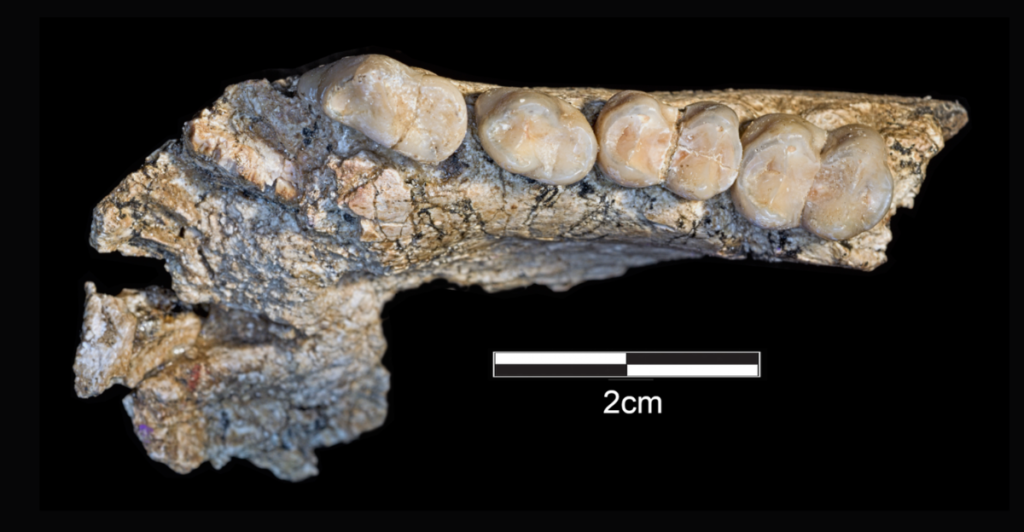
The tools found in Kenya’s Olduvai Gorge are some of the oldest bone tools ever discovered. They date back 1.5 million years and were likely used by Homo erectus, one of our distant ancestors. These tools weren’t just random broken bones though, they had deliberate marks, shaped edges, and signs of repeated use. This wasn’t just survival—it was innovation.
How Did They Make These Tools?
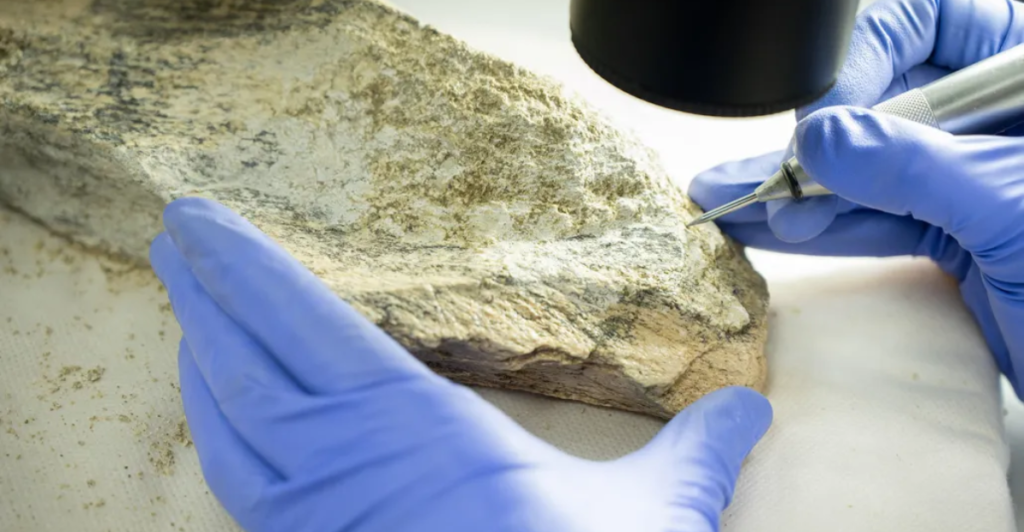
Early humans weren’t just randomly smashing bones together and hoping for the best. They were intentionally shaping them by scraping, grinding, and sharpening. Some bones even show signs of repeated use and repair, meaning our ancestors knew how to maintain their tools, prehistoric craftsmanship at its finest.
What Were These Tools Used For?
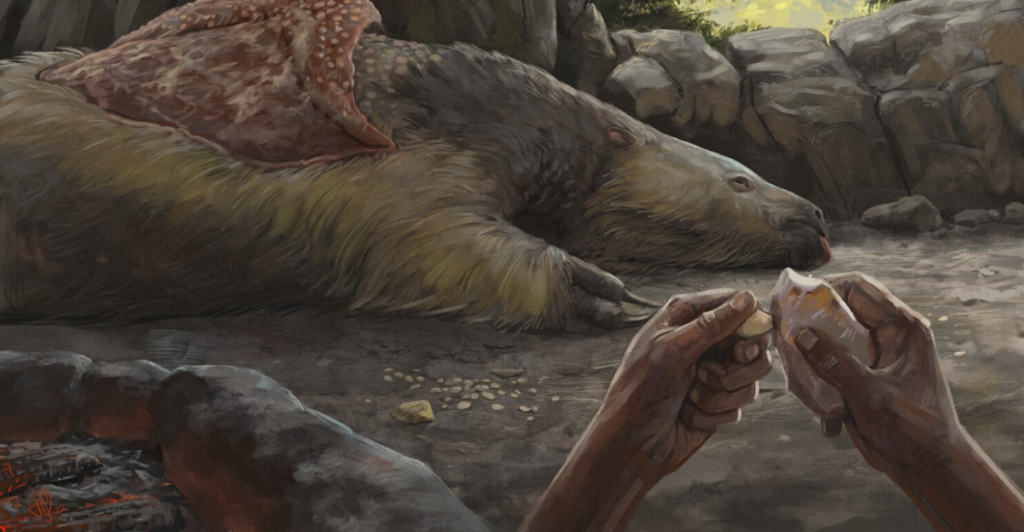
Archaeologists believe these bone tools were used for cutting meat, breaking open marrow-rich bones, scraping hides, and even digging up edible roots. Some experts think that bone tools may have played a role in early hunting strategies, giving our ancestors an edge over competing predators. In other words, they weren’t just scavengers—they were problem solvers.
Bone vs. Stone: Which Was Better?

Stone tools get all the credit, but bone tools had some serious perks. Unlike stone, which is heavy and brittle, bone is lightweight, flexible, and easier to modify. Plus, bones were everywhere. If you just hunted a big meal, you didn’t have to search for new materials—you could repurpose leftovers into tools. Talk about efficiency.
The Unexpected Side Effect – Smarter Brains
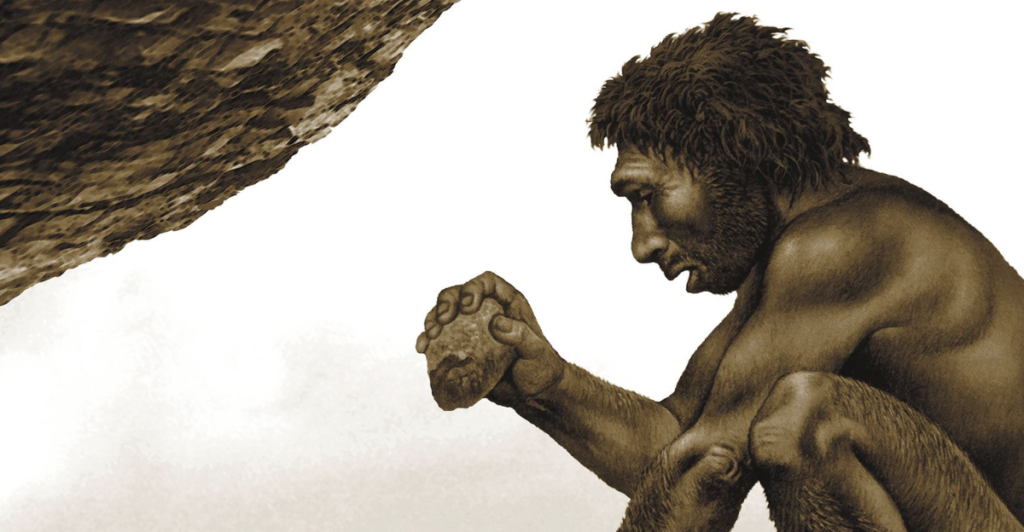
Using tools isn’t just about convenience—it actually shapes the way the brain develops. The more early humans experimented with tools, the more they developed problem-solving skills, hand-eye coordination, and even communication. The ability to think ahead and modify tools was a huge leap forward in human evolution, setting the stage for even more technological breakthroughs.
Were They the First to Do This?
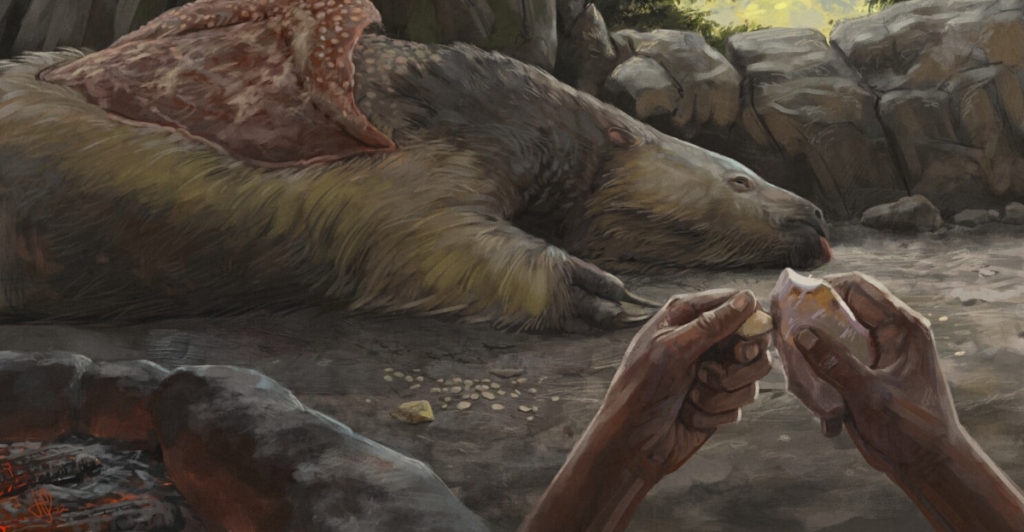
Humans weren’t the only ones getting crafty with bones. Some scientists believe that early hominins, and even certain primates, were using bone tools before Homo erectus even arrived on the scene. This means that tool use might predate our species entirely. Turns out, the urge to DIY might be older than humanity itself.
How Did This Discovery Change Our Understanding of Early Humans?
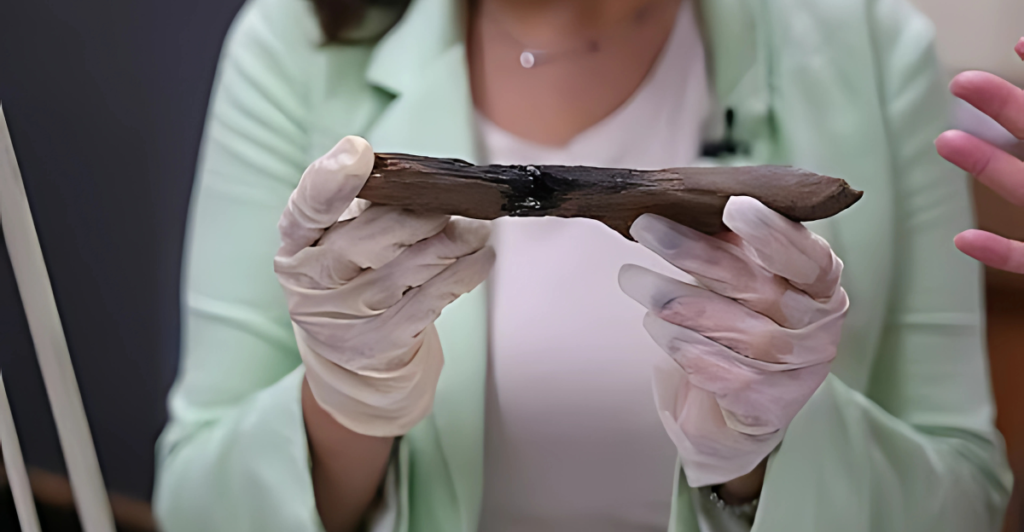
For decades, scientists believed early humans relied mostly on stone tools. The discovery of these bone tools rewrites that narrative, showing that early humans were experimenting with different materials much earlier than expected. It also suggests that they were more adaptable and innovative, which is a big deal for understanding human evolution.
The Role of Meat in Human Evolution
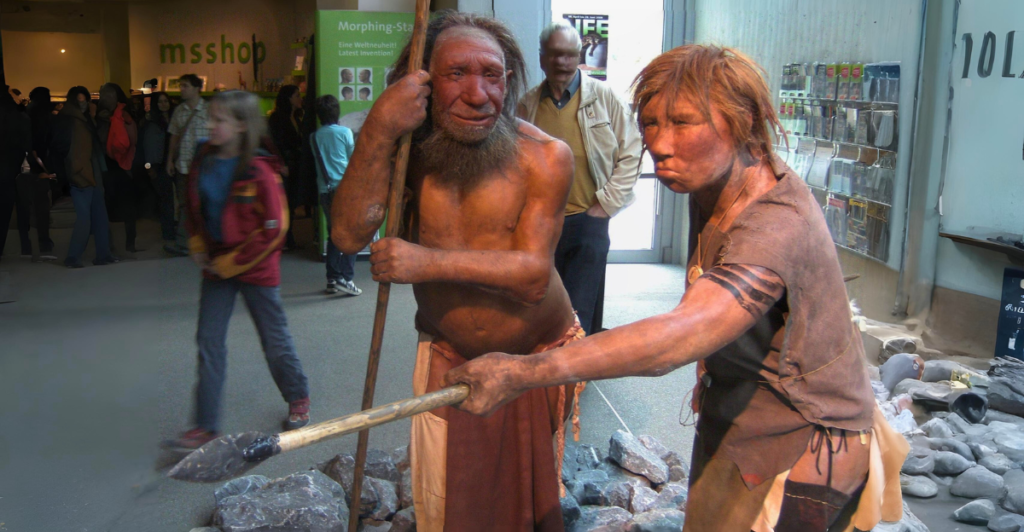
One reason bone tools became essential? Meat. Early humans realized that breaking open bones gave them access to nutrient-rich marrow, which fueled brain growth. With bone tools, they could extract every last bit of nutrition from an animal, giving them a serious survival advantage. In fact, this very dietary shift may have helped shape the brains we have today.
Other Animals That Use Bone Tools
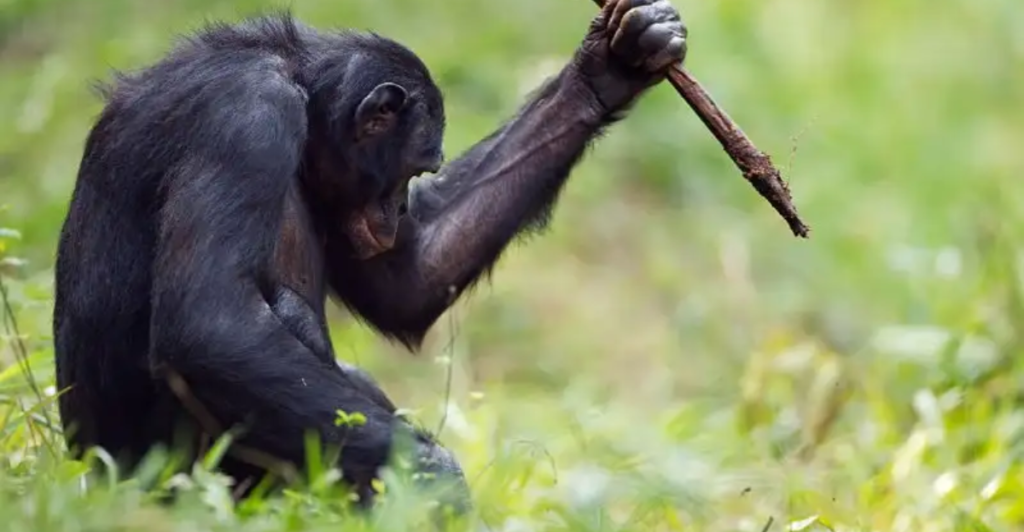
We’re not the only species that figured out bones can be useful. Some modern animals, like chimps, crows, and even sea otters, use bones and sticks as tools. However, no other species has been able to intentionally shape, modify, and improve tools over time like humans. This level of creativity? Uniquely human.
Could There Be Even Older Bone Tools?
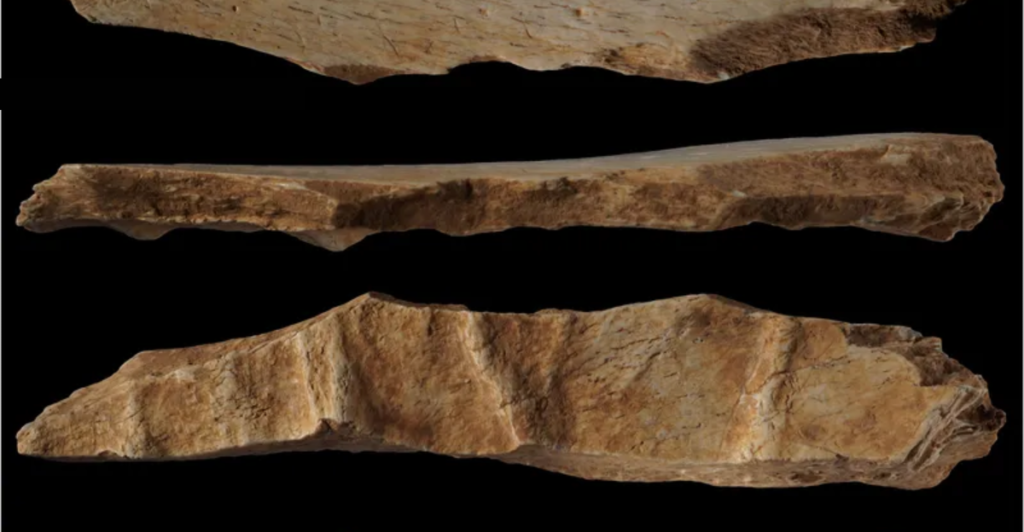
If these 1.5-million-year-old tools exist, it’s possible that even older bone tools are waiting to be found. Since bone doesn’t preserve as well as stone, many prehistoric bone tools may have been lost to time. Some researchers believe that future discoveries could push back the timeline even further, proving that humans were toolmakers long before we ever imagined.
The Original Innovators

Long before modern inventions, early humans were already figuring out how to turn bones into something useful. These discoveries prove that human creativity, adaptability, and problem-solving started way earlier than we thought. From crafting bone tools to building skyscrapers, we’ve been hacking the world around us for survival since the very beginning. Who knows what else we’ll uncover next?
Explore more of our trending stories and hit Follow to keep them coming to your feed!

Don’t miss out on more stories like this! Hit the Follow button at the top of this article to stay updated with the latest news. Share your thoughts in the comments—we’d love to hear from you!







